Leafminers aren't picky about their dwelling. If you were a plant, healthy or puny, they'd invade your leaves too. From the luscious of home gardens to the most unkempt greenhouse, you'll find a few Leafminers there. Really, what are these notorious Leafminers? Leafminers are seen as insects in their larval stage or in plain terms, larva. These insects in their larval stage, feast on the tissues of plants. In extreme cases, a leaf would be infested with at least 6 maggots. It's highly plausible for a plant to withstand the blows of Leafminers, but in most cases, plant growth is restricted and the plant loses its youth… I mean vigor. Leaf-mining insects include, but are not restricted to moths, wasps (namely sawflies) and flies. Some type of beetles will display this behavior and pose a threat to your plants.
What procedures or steps can you employ to get rid of Leafminers? Below I've listed a few things that can be done.
Step 1: Monitor Your Plants
The only way you'll be able to catch an infestation is by knowing your plants. Obviously, you'll be in a better position to tell when there's a problem or something that seems out of place. At the slightest hint of burrowing in the leaves, pinch the area of burrowing with your fingers. Eradicating the larva will prevent further spreading and outbreaks. If you've failed to discover the Leafminer before it spreads through the leaf, pick off and destroy the infested leaf. That is what gardeners call pruning.
Step 2: Pep Up Your Plants
Encourage your plants to be healthy. Leafminers affect healthy and unhealthy plants, don't get me wrong, but the healthier your plants are, the less vulnerable they are to succumbing. Use soil amendments to keep your soil alive and feed your plants organic fertilizers to keep their vitals strong.
Step 3: Use Protective Gears
Floating row covers can be used as a protective gear. These covers actually prevent Leaf-mining insects from injecting your plants with Leafminers.
Step 4: Introduce Beneficial Insects to Your Garden
Natural enemies can be used to combat Leafminers. Parasitic wasps, namely Diglyphus begini and Chrysocharis parksi, can be introduced to your garden since they eat the Leafminer larvae. Once your plants aren't awash with insecticide, the parasitic wasps should do their work and significantly reduce Leafminers in your garden. This method is ideal as it's a biological process and not chemical.
Step 5: Neem Oil
This natural insecticidal oil can be used for treating plants with Leafminers. Neem oil thwarts the miners' natural cycle, whereby preventing it from spreading and becoming an adult. This is not a recommended or urgent strategy to kill Leafminers, but it does treat the pests and make life a little better for your plants.
Step 6: Set Traps for Leafminers
These traps tend to be wrapped in pheromone, a sex attractant for insects. This tool, though useful for Leafminers, is not necessarily sufficient for pest control. It simply does not catch enough of the population. In most cases, only male moths are drawn to the pheromone and get trapped.
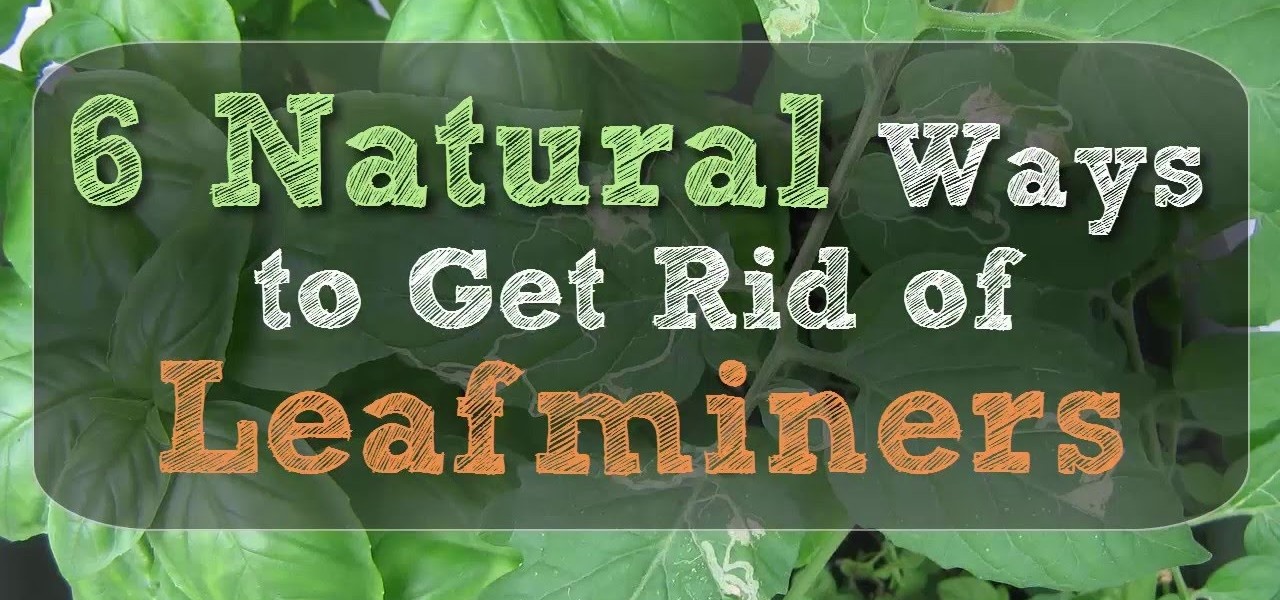


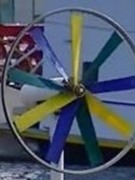




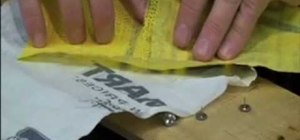
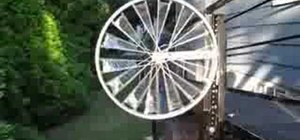
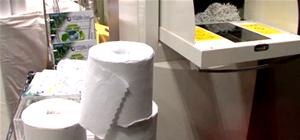
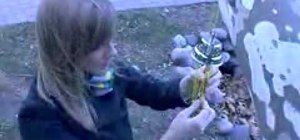
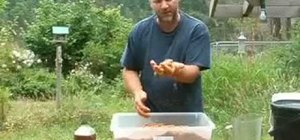

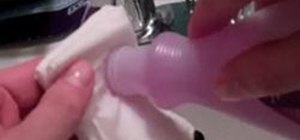

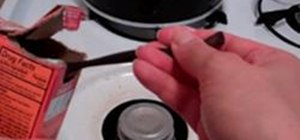


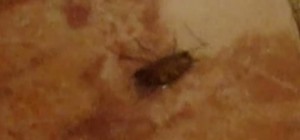


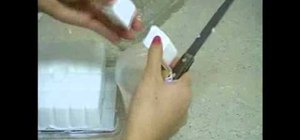
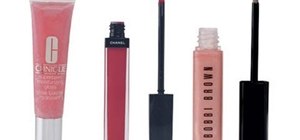

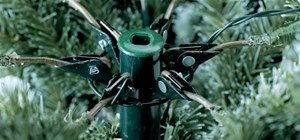
Be the First to Respond
Share Your Thoughts